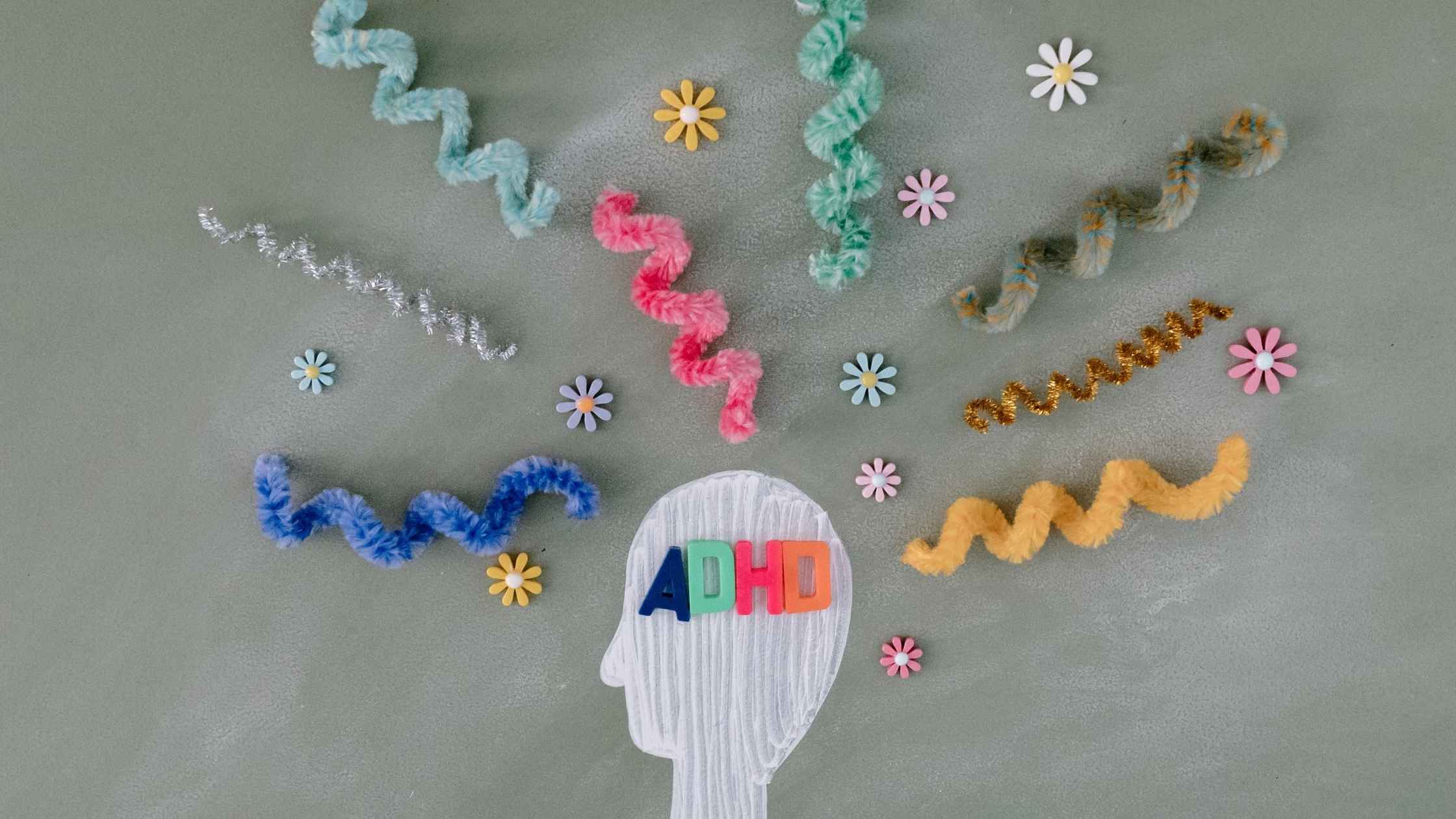

Our schools demand that the child sits still, wait for his turn, pay attention and stick to a task. It is no surprise that many children with ADHD have problems in class.
Attention Deficit Hyperactivity Disorder (ADHD) has been one of the most common disorders among children. It is a disorder with behavioural, emotional, educational and cognitive aspects that impact the life of a child with ADHD every day of the year. The child faces two major problems at school: poor scholastic performance and poor peer relations. Even a bright and gifted child with ADHD may get poor grades because of his/her inability to concentrate on the tasks assigned. Consider a child who is frequently out of his/her seat, running to the teacher, talking out of turn, daydreaming, being easily distracted by whatever happens in or outside of the classroom, fighting with peers, fidgeting, talking to a classmate, or drumming a pencil on the desk. Such a child may be described as having Attention Deficit Hyperactivity Disorder (ADHD).
Types of ADHD
It is very important both for parents and teachers to understand ADHD so that they recognise the problematic behaviour of children.
There are three sub-types of ADHD:
This is a child who is neither hyperactive nor impulsive but inattentive. The child fails to give close attention to details and makes careless mistakes in schoolwork or other activities. In this type of ADHD, the child often has difficulty in sustaining attention on tasks or play activities, in organising tasks and activities, etc. He/she is often caught daydreaming in the class.
This type of ADHD is characterised by symptoms of impulsivity and hyperactivity. Child with hyperactive-impulsive type ADHD can be a disruption in the classroom. He/she can make learning more difficult for himself/herself and other students. A Hyperactive child often fidgets with hands or feet or squirms in seat, has difficulty sitting still in one place, talks excessively, etc. An Impulsive child is often found speaking out of turn and blurts out answers before questions have been completed.
Most children have combination type ADHD, according to the National Institute of Mental Health. This diagnosis applies to a child who presents predominantly with inattention and hyperactivity, but not significant impulsivity (DSM-IV-TR 2000).
Curriculum for students with ADHD
Making the teaching-learning process fun is one positive way to keep the ADHD child well focused on the task. For instance, using physical motion in a lesson, connecting dry facts to interesting trivia, or inventing silly songs that make details easier to remember can help them to enjoy learning.
Children who have ADHD tend to be “concrete” thinkers. They are tactile learners and often like to hold, touch, or take part in an experiential activity in order to learn something new. Teachers can help children with ADHD enjoy math by using games and objects to demonstrate mathematical concepts. Making numbers fun by playing games using memory cards and dice.
Even after learning the mechanics of reading, many children with ADHD have trouble understanding the text, making connections within the story and relating what they are reading to what they already know. Strategies like reading with the child, making predictions, encouraging the child to imagine/visualize the events in the story, acting out the story makes reading more exciting and enjoyable.
Accommodating different learning styles and including visual, auditory, and kinaesthetic facets, gives ADHD students the opportunity to approach lessons the way they learn best.
ADHD can be managed by the students, teachers and parents if they all work together with flexibility and patience.
There are special schools in Mumbai along with regular schools which cater to the above needs.
How is the curriculum of inclusive schools in Mumbai different from normal schools?
The Aditya Birla Integrated School is one of the best schools that accommodate students with special needs and offer a customised academic program along with co-curricular activities.
“HAPPY LEARNING AT TABIS”
Author: Avani Mishra, Teaching Faculty – Senior
The Aditya Birla Integrated School
Also read,